In the vastness of space, the search for extraterrestrial life has been an ongoing endeavor for decades.
And now, a groundbreaking discovery has been made: the scientific confirmation of water’s presence on exoplanets.
This finding represents a pivotal moment, offering crucial clues about the potential for life and unraveling the mysteries of the universe.
In this article, we will dive deep into this remarkable research, exploring its background, evidence, and implications for the future.
Let’s embark on this exciting journey to uncover the unknown!
- The significance and background of water discovery on exoplanets
- Specific evidence revealed by groundbreaking research
- The potential for life indicated by the presence of water
- Expectations and future prospects for discovering extraterrestrial life
The Discovery of Water on Exoplanets: Its Significance and Background
In space exploration, the presence of water has been considered the most critical clue in the search for life.
The recent confirmation of water on exoplanets marks a historic turning point in space science.
This discovery goes beyond understanding natural phenomena and provides new perspectives on the conditions for life and the evolution of the universe.
Let us explore why this discovery is so important and the background of the research leading to it.
The Beginning of the Quest for Water in Space Exploration
The search for water has been a major goal of space exploration for decades.
Organizations like NASA and ESA have conducted numerous projects to trace signs of water on planets and moons.
For instance, the discovery of ice at Mars’ poles and the subsurface ocean on Europa have garnered significant attention.
These endeavors have strengthened the possibility of extraterrestrial life on exoplanets.
The Significance of Ice Found at Mars’ Poles
The ice discovered at Mars’ poles is a vital piece of evidence in the search for life.
This finding suggests that liquid water may have existed on Mars in the past.
Moreover, it has undeniably accelerated the pursuit of water in other planetary explorations.
How Mars’ ice influenced the search for water on exoplanets is indeed fascinating.

Europa’s Subsurface Ocean and Its Future Potential
Jupiter’s moon Europa is believed to harbor an ocean beneath its icy surface.
This subsurface ocean could be a critical clue in studying extraterrestrial life.
The reason lies in Europa’s environment, which may meet the conditions necessary for life.
Research on Europa’s subsurface ocean serves as a bridge toward discovering water on exoplanets.
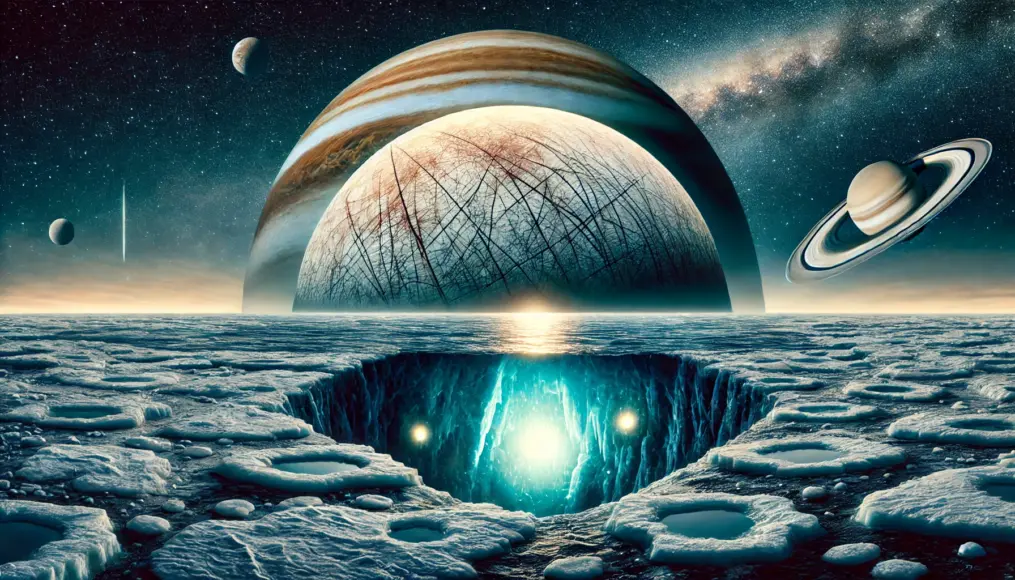
The Advancement of Observation Technologies for Exoplanets
The discovery of water on exoplanets has been made possible by advances in observation technologies.
Notably, recent developments in telescopes and spectroscopy have been remarkable.
These innovations have enabled detailed analysis of the chemical components in planetary atmospheres.
As a result, the presence of water vapor and liquid water has been confirmed.
Detecting Water with Spectroscopy
Spectroscopy is used to identify molecules in planetary atmospheres.
Through this technique, water vapor has been detected, providing insights into the climate and environmental conditions of planets.
Additionally, this technology is applied to studying other planets and moons, greatly contributing to scientific progress.
As spectroscopy improves in precision, we can expect more groundbreaking discoveries in the future.

The Role of Next-Generation Telescopes
The development of next-generation telescopes has dramatically expanded the possibilities of space observation.
For example, the James Webb Space Telescope possesses the capability to observe the detailed environments of distant planets.
Such technological innovations have made the discovery of water on exoplanets possible.
We eagerly await what new revelations future telescopes might bring.

Research Evidence of Water on Exoplanets
The discovery of water on exoplanets has been substantiated through the relentless efforts of scientists.
These findings, made possible by advances in observational and analytical technologies, have reshaped our understanding of the universe.
In this section, we will explore the concrete evidence for water on exoplanets and the groundbreaking research behind these discoveries.
The implications of these findings stretch far and wide, opening new doors to future exploration and understanding.
Detection of Water Vapor in Atmospheres
The first step in uncovering water on exoplanets was the detection of water vapor in their atmospheres.
Through spectroscopic analysis, scientists identified molecular compositions in planetary atmospheres.
Among these, water vapor was observed, serving as a crucial clue in the search for extraterrestrial life.
These breakthroughs have provided a solid foundation for understanding the climates and environments of distant planets.
Discovery of Water Vapor on Kepler-452b
Kepler-452b stands out among Earth-like exoplanets for its significant discoveries.
Water vapor has been detected in its atmosphere, sparking discussions about the potential for life.
Moreover, this finding serves as a benchmark for research into other planetary systems.
How Kepler-452b shapes the future of space exploration is a fascinating topic to consider.

Observational Achievements of the Hubble Telescope
The Hubble Telescope has been instrumental in analyzing the atmospheric compositions of exoplanets.
Through its observations, water vapor has been identified on several planets.
These achievements represent a monumental leap in space science enabled by advanced telescope technologies.
It is exciting to imagine what future technologies might uncover beyond Hubble’s achievements.

The Possibility of Liquid Water
Beyond the detection of water vapor, there is also evidence pointing to the potential presence of liquid water.
Planets with surface temperatures and atmospheric pressures conducive to maintaining liquid water are of particular interest.
Such planets are located in what is known as the “habitable zone,” where life is most likely to exist.
The thought of Earth-like conditions existing elsewhere in the universe is truly captivating.
Liquid Water Potential in the TRAPPIST-1 System
In the TRAPPIST-1 system, several planets reside within the habitable zone.
These planets are believed to have a high likelihood of supporting liquid water, drawing significant scientific attention.
Additionally, the proximity of the TRAPPIST-1 system to Earth makes it an attractive target for observation.
The unexplored possibilities within this system remain a source of great intrigue.

Pressure and Temperature as Conditions for Liquid Water
The atmospheric pressure and temperature of a planet are critical factors in the existence of liquid water.
Planets meeting these conditions could exhibit Earth-like water cycles.
Furthermore, research continues to explore how these conditions influence the emergence and sustenance of life.
Could these observations lead to even more groundbreaking discoveries? The possibilities are endless.
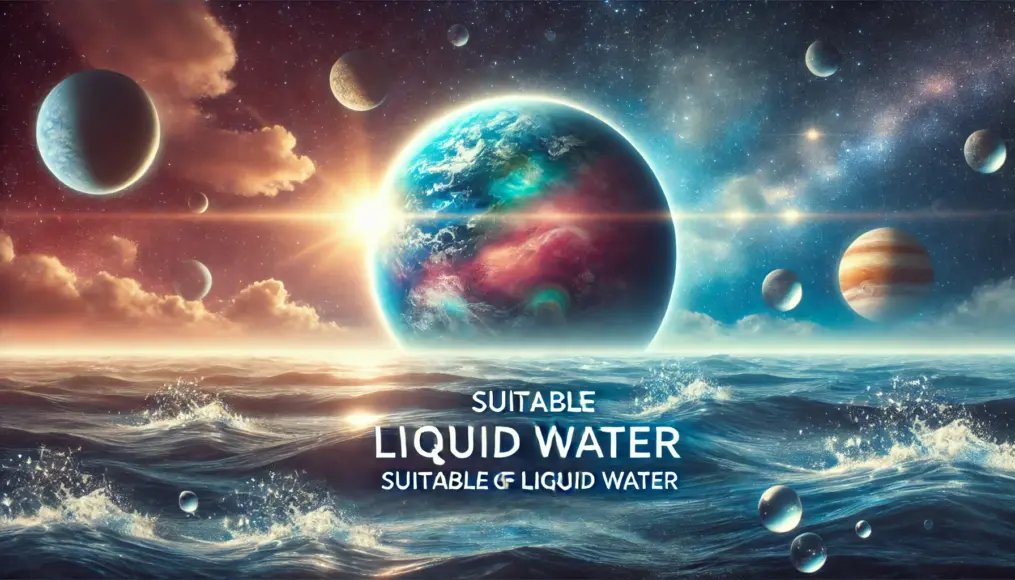
The Possibility of Life Indicated by Water and Its Impact
The presence of water on exoplanets strongly suggests the potential for life beyond Earth.
On Earth, water is essential for sustaining life, serving as a foundation for biological processes.
If similar conditions exist on other planets, the likelihood of life existing or having existed increases significantly.
In this section, we explore the potential for life enabled by water and its far-reaching implications for our future.
The Habitable Zone and the Possibility of Life
The habitable zone, also known as the “Goldilocks zone,” is the region around a star where liquid water can exist.
Planets located within this zone have the potential to host life due to suitable environmental conditions.
Earth-like planets within the habitable zone are especially promising for the search for extraterrestrial life.
Considering the number of such planets discovered, we may need to rethink our place in the universe.
Planets in the Habitable Zone Beyond the Solar System
Missions like the Kepler Space Telescope have identified numerous planets within the habitable zone.
These planets are believed to hold water and provide environments conducive to life.
With advancements in observational technologies, more details about these planets are being uncovered.
Future missions may uncover even more concrete evidence, adding to the excitement of exploration.
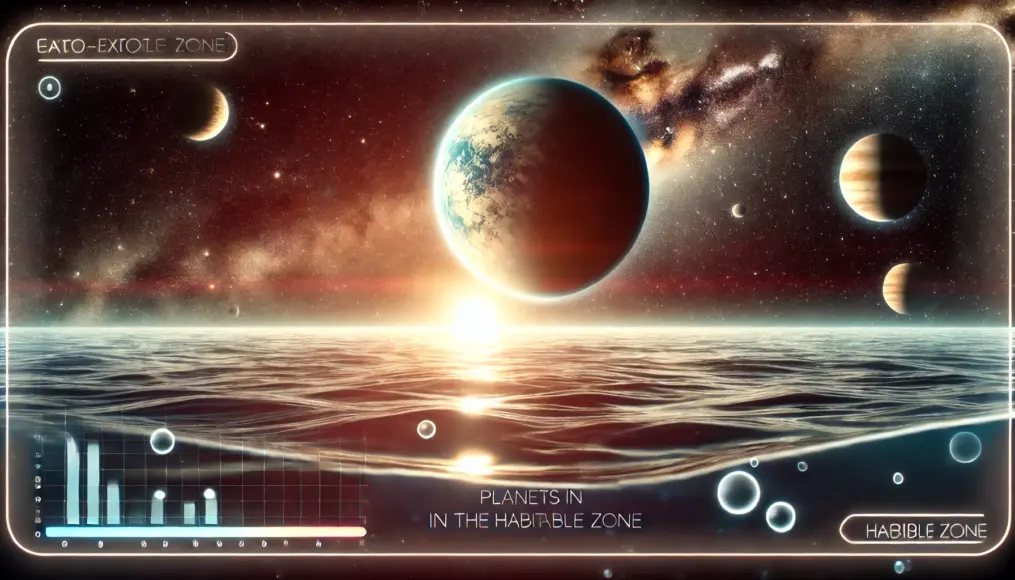
The Chemical Diversity Facilitated by Water
Water promotes chemical reactions and facilitates the formation of complex organic molecules.
Planets with liquid water can potentially host a diverse range of life forms.
Moreover, water’s role as a solvent makes it central to sustaining life as we know it.
Such properties could be the key to forming unknown ecosystems elsewhere in the cosmos.
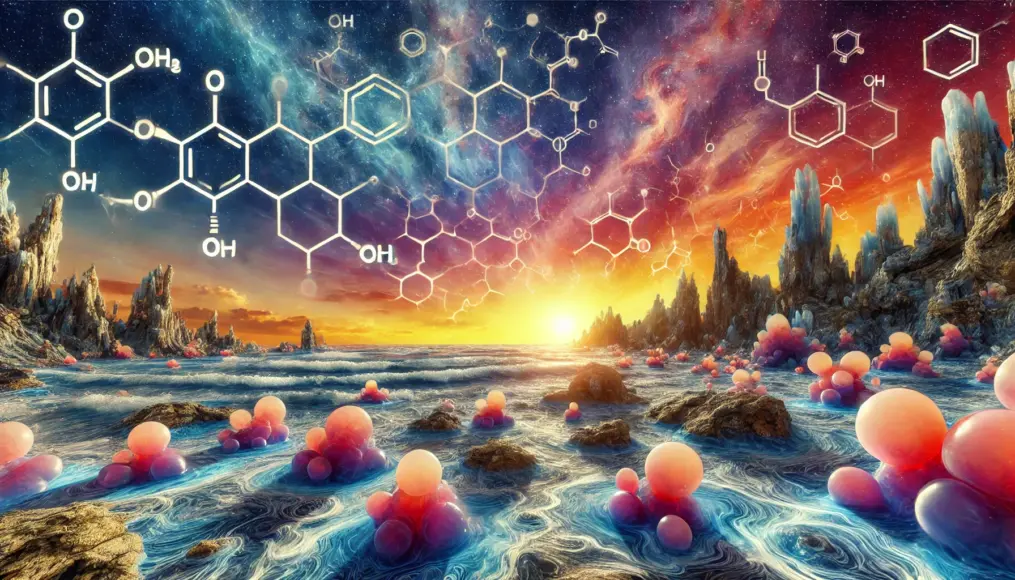
The Societal Impact of Life Discovery
The discovery of extraterrestrial life would have profound implications not just for science but for society as a whole.
Such a finding could challenge our philosophies, religions, and cultural narratives.
Additionally, contact with extraterrestrial life could lead to the sharing of advanced technologies and knowledge.
The possibilities that lie ahead are boundless and incredibly exciting to contemplate.
The Impact of Life Discovery on Religion and Philosophy
Discovering extraterrestrial life would likely deeply influence many religions and philosophical beliefs.
Discussions about humanity’s origins and purpose would likely gain new perspectives.
These changes could enrich our society and culture in unprecedented ways.
Whether you believe in this possibility or not is a matter of personal perspective.

Sharing New Technologies and Knowledge
If contact with extraterrestrial life becomes a reality, it could pave the way for sharing advanced technologies and insights.
Such a development might propel humanity into new stages of growth and innovation.
By learning from extraterrestrial life, our understanding could deepen, and fresh possibilities could emerge.
Doesn’t the prospect of such a future fill you with anticipation?

Future Prospects for Discovering Extraterrestrial Life
The discovery of water on exoplanets marks the beginning of a new era in exploring the possibility of extraterrestrial life.
This breakthrough opens new doors for scientific inquiry and advances in space technology.
In this section, we explore the path humanity might take toward uncovering life beyond Earth.
From innovative space missions to ethical discussions, the future is full of opportunities and challenges.
Next-Generation Space Missions for Life Detection
Future space missions are expected to focus more directly on identifying signs of life.
For example, telescopes and probes will observe the atmospheres and surfaces of exoplanets in greater detail.
This will improve the accuracy of identifying planets that meet the conditions necessary for life.
These technological advancements will allow humanity to search for clues of life deep within the universe.
Advancements in Technology for Detecting Biosignatures
Recent developments in astronomy and space science have led to new technologies for detecting biosignatures.
For instance, methods to identify oxygen or methane in exoplanetary atmospheres are being developed.
These studies represent significant progress toward scientifically proving the existence of extraterrestrial life.
These innovations inspire growing excitement about expanding our understanding of the universe.

The Role of Space Probes in Future Explorations
Space probes are at the forefront of investigating the potential for life on exoplanets.
These devices can collect data in environments that cannot be replicated on Earth.
For example, probes are being designed to study the surface composition and temperature of distant planets.
Future probes equipped with advanced technology will play a pivotal role in uncovering clues of life.
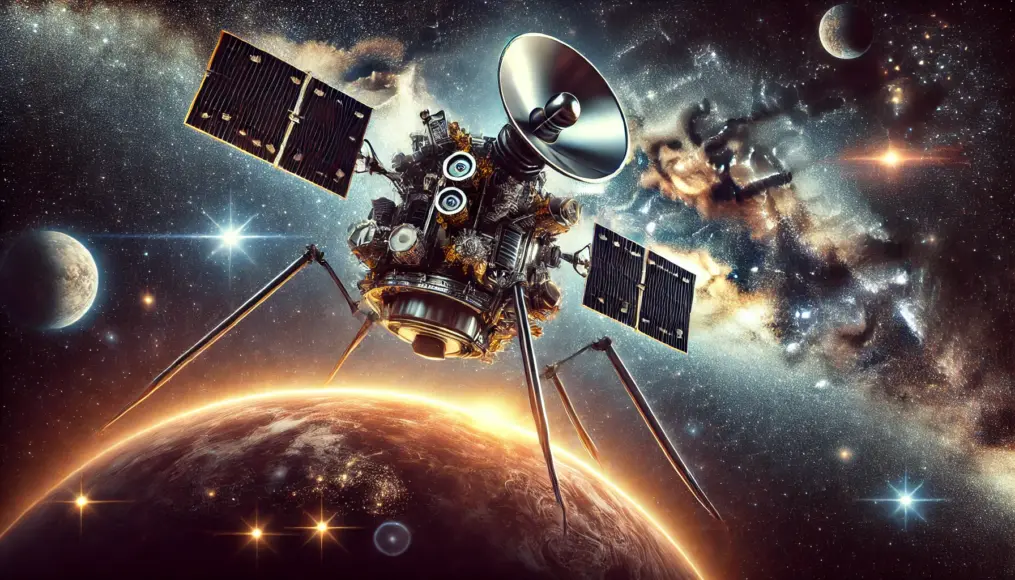
Ethical Challenges and Their Importance
The discovery of extraterrestrial life will inevitably raise significant ethical challenges.
For example, careful consideration is required regarding interactions with unknown life forms and their potential impact.
Many discussions will be necessary to determine how we should respond when encountering new forms of life.
Through these discussions, humanity can shape a future of coexistence with extraterrestrial life.
Considerations for Interacting with New Life Forms
When interacting with extraterrestrial life, risks such as infections or environmental impacts must be considered.
Therefore, cautious approaches are essential when building relationships with alien life.
It is crucial to incorporate scientific methodologies while also considering ethical perspectives.
This approach will ensure that humanity can face unknown life forms safely and peacefully.

The Societal Impact of Discovering Extraterrestrial Life
The discovery of extraterrestrial life will have profound effects not only on science but also on religion, philosophy, and culture.
It could reshape our values and social structures.
Encountering unknown life would be one of the most significant events in human history.
Such a new perspective will undoubtedly guide us toward a richer and more meaningful future.

Summary
The discovery of water on exoplanets marks a historic milestone in space exploration.
This achievement not only hints at the possibility of life but also serves as a key to shaping humanity’s future path.
As science progresses, the unraveling of mysteries in unknown worlds continues to amaze and excite us.
Reflecting on the vastness and potential of the universe, we should continue our pursuit of knowledge in this fascinating field.
What are your thoughts on the possibility of life on exoplanets? Feel free to share your opinions in the comments!




Comment